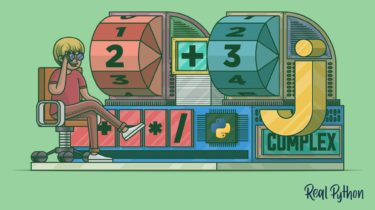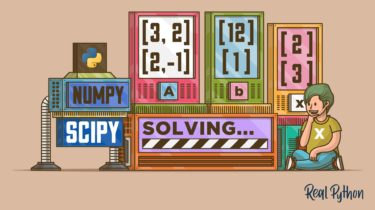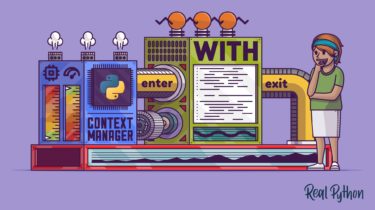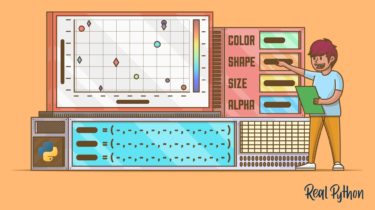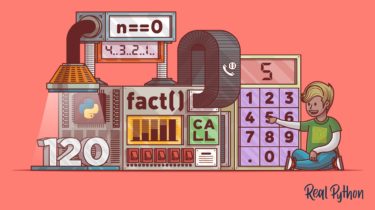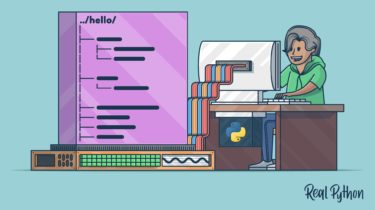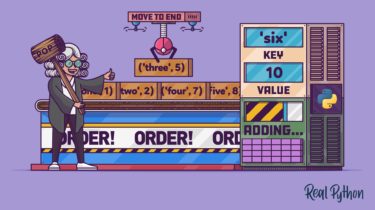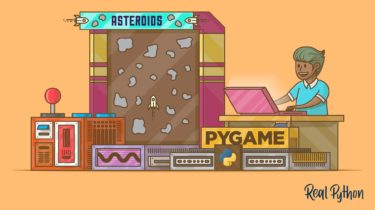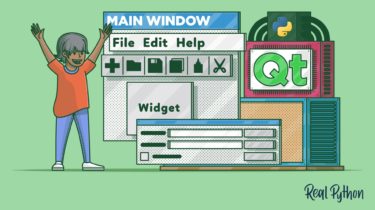Beautiful Soup: Build a Web Scraper With Python
The incredible amount of data on the Internet is a rich resource for any field of research or personal interest. To effectively harvest that data, you’ll need to become skilled at web scraping. The Python libraries requests and Beautiful Soup are powerful tools for the job. If you like to learn with hands-on examples and you have a basic understanding of Python and HTML, then this tutorial is for you. In this tutorial, you’ll learn how to: Use requests and […]
Read more
